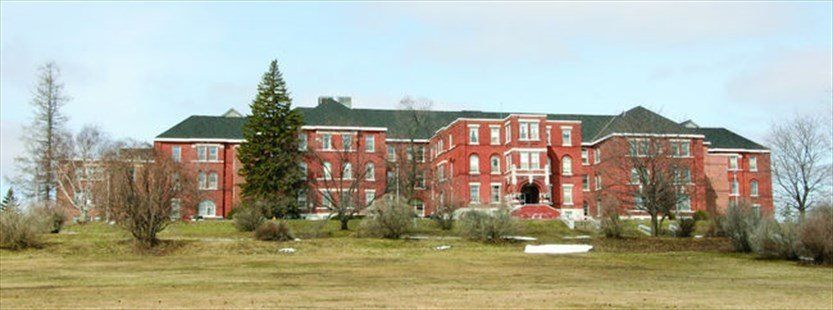Sad attempt at HRC tour

Recently, I was part of a tour of the Huronia Regional Centre (HRC) organized by the Ministry of Community and Social Services. I came away from the two-hour tour angry, frustrated and, frankly, ashamed that I took part in a shameful charade, as did the majority of others.
The tour was part of the legal settlement between the province and the HRC with the “survivors group.” Only five tours were arranged, and only one was open to the public. In a column in The Packet & Times (“Starry Night stands out,” Aug. 28), John Swartz, who was part of an earlier media tour, noted it was “a tour of the tunnel system” that “missed every point of interest.” It was much more or perhaps much less. It was a clumsy attempt to cover over what was the true story of life within the walls of the HRC.
The guide religiously followed a script written by the ministry with all the marks of a legally vetted document. She had the audacity to refer to the residents as clients and, when challenged, argued that no person was held in the facility against his or her will and were free to come and go freely. One of the survivors on the tour had been taken there at seven, and another at 11 years of age, both left by parents. They pointed out that the doors to the rooms, including the dormitories, were all locked from the outside.
The guide reflected the superficiality of this sad attempt to open the doors to the public.
One of the few rooms shown consisted of a quick view of a dormitory room. No commentary. No mention by the tour leader that it held 16 beds crammed together with about one foot of separation. It was the survivors who described the beatings and sexual assault endured by many patients in these dormitories. We were quickly ushered by the firmly closed dining room, which, when viewed by peeking through the small window, would make a Siberian gulag look like Club Med. The children’s play area, totally ignored by the guide, but identified by an existing sign above the door, and which could only be seen through a tear in the paper-covered window, was appalling. The shower room was quickly identified as the tour passed by. There was no mention that boys ranging in age from five to 17 were lined up naked in the corridors to wait their turn to shower. There was, however, a thorough tour of the “cottages,” therapeutic pool and recreation areas built as the centre was closing and where, apparently, dances would be held.
Thankfully, these colossal information gaps were filled in by three former residents or “survivors” who had joined the group. It was clear that the ministry guides did not welcome the survivors, did not invite them to add their comments or express any opinions.
What motivated the ministry to ignore or perpetuate this cover-up of the history of the centre is puzzling. There is no litigation issue, as the settlement has been reached. The premier of Ontario has formally apologized for the horrific treatment so many residents suffered. Why not be truthful? Is this bureaucratic paranoia or simply a callous lack of concern for the truth?
I am not suggesting that every administrator and attendant working at the Ontario Hospital School and, later, the Huronia Regional Centre were cruel abusers. I am sure there are many who were kind and professional in a difficult environment. Neither am I suggesting that the care and treatment of the developmentally challenged was very different than it is now. But it does not excuse the widespread psychological, physical and sexual abuse that took place. That such abuse was allowed to go on between the residents and some attendants was criminal. There were cover-ups then and obviously cover-ups now. The financial settlement and the formal apologies do not remove the wrong.
If opening the centre to the public was to resolve this issue, it failed. The approach taken, in fact, has compounded the issue. This tour was a travesty, an insult to the “survivors,” their families and an embarrassment for the government. Moreover, the pall that hangs over those buildings and perhaps the city itself has manifested itself a hundred-fold. It was not a day for healing.
The Ministry of Community and Social Services had an opportunity to help people have a reckoning with the past. Members of the tour were hungry for the truth, and not for prurient reasons. Thoughtful and caring humans ask themselves, “Why did these things happen, particularly to such vulnerable children and adults? Why did no one step up and speak out? What would I have done? How do we do things differently?” Only by acknowledging what happened can we all move on.
By
Paul Raymond, Orillia (Opinion Piece submitted in Orillia Packet)
